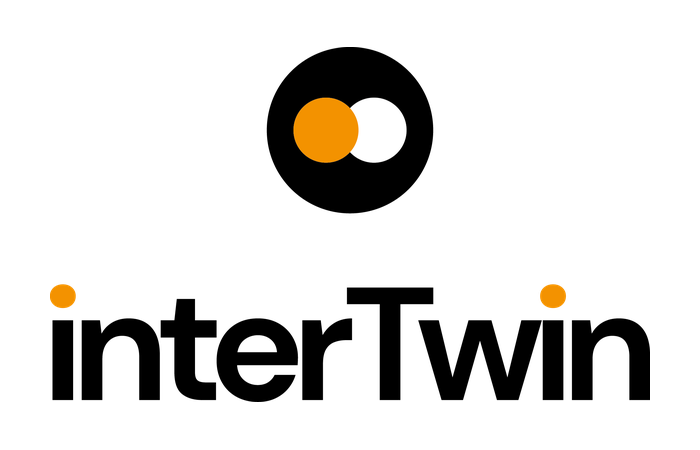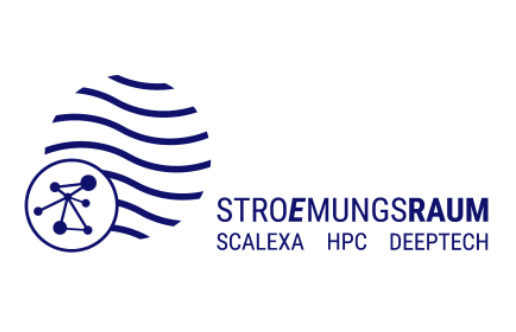SDL Fluids & Solids Engineering
Contact
Dr. Andreas Lintermann
Leader Simulation and Data Lab "Fluids & Solids Engineering" PI in Helmholtz Information Program 1, Topic 1
- Jülich Supercomputing Centre (JSC)
Room 4018
About - SDL Mission
The Simulation and Data Lab Fluids & Solids Engineering (SDL FSE) aims at supporting users of the engineering sciences who have already developed parallel codes but need support for the use of massively parallel systems regarding high scalability, memory optimization, programming of hierarchic computer architectures, and performance optimization on computer nodes.
The latest news and announcements, e.g., for events, can be found here.
Introduction
Experimentally testing new designs in the field of engineering is often time consuming and expensive. Numerical simulations, in contrast, enable to easily vary model parameters and to explore a problem in all detail. To accurately predict the physics of a realistic problem, large-scale simulations are required that pose new challenges to simulation codes and that necessitate the power of supercomputers. The SDL contributes to solving theses challenges by increasing the parallel efficiency of simulation codes and establishing an interdisciplinary interface between engineers and the HPC community. It develops highly scalable software suited for HPC systems towards Exascale computing and pushes research in the fields of computational fluid dynamics, aeroacoustics, shape optimization, and machine learning.
The SDL seeks solutions for questions such as: What is the origin of respiratory pathologies? How can airplane noise be reduced? How can pharmaceutical and chemical processes be optimized? It naturally integrates into the support and research structure of JSC and delivers efficient porting and tuning solutions for codes to run on current and future supercomputer architectures. Synergies arise from cooperations with JSC's other SDLs and Algorithms, Tools and Methods Labs. They are explored to find performance bottlenecks and to visualize scientific big data.
Within the Program-oriented Funding (PoF IV) of Helmholtz Information, this group contributes to Program 1 “Engineering Digital Futures”, Topic 1 “Enabling Computational- & Data-Intensive Science and Engineering”.
Research/Development Topics and Know-How
The SDL has an interdisciplinary setup and gathers knowledge in various disciplines:
- finite-element, finite-volume, lattice-Boltzmann, and discontinuous Galerkin methods
- multi-level parallelization techniques
- Cartesian grid-based methods
- parallel mesh generation and partitioning
- shape optimization
- fluid-structure interaction
- multi-physics coupling
- machine learning algorithms for physics applications
- combustion (acoustics and nano-particle synthesis)
- AI workflow composition
- hyperparameter optimization
- Exascale computing, modular supercomputing architectures, and novel technologies, such as quantum computing systems
The involvement of the SDL in various research projects has led to several software. A list of community contributions can be found here.
Team
We are currenlty a team of 10 members with a background in Engineering (computational fluid dynamics), Computer Science (high-performance computing, artificial intelligence), and Maths. A full list of the current and former team members can be found here.
If you are interested in also becoming a team member and work with us on exciting projects, also in the context of BSc. / MSc. / PhD. theses, follow this link for more information.
Projects
An overview of currently running and former projects can be found here. The following provides direct links to current projects.
Collaborations
The SDL collaborates with several nationally and internationally renowned institutions in various EU and nationally funded projects. A brief overview of the SDL's network can be found here.
Publications
The SDL is already a quite long publication history reaching back to 2010. All publications can be found here.









